"Guangzhou Pullets | Centennial Bus Footprint" from an old station of the Republic of China, read the century -old changes in Guangzhou bus
Author:Yangcheng Evening News Yangche Time:2022.09.09
[Keywords in this issue: Centennial Bus Footprint]
The old ones of the Republic of China, the old map, the Guangzhou tourist manual, the old bus ticket and the monthly ticket related to the public transportation related to Guangzhou have a clear Guangzhou Seal. It is a physical testimony of Guangzhou's urban construction and public transportation for 100 years. Time flows, and the former remote suburbs have changed into
From an old platform for the Republic of China, read out the century -old changes in Guangzhou bus
Text/Yangcheng Evening News all -media reporter Shi Peilin intern Zhou Qitu/Interviewee provided
A blue -bottomed iron brand, 15 old bus lines in Guangzhou, one by one in Guangzhou's place name ... This "Guangzhou Bus Line Table" in the 1930s has gone through the wind and frost as an important Witness, it has been stored in the Wenshi Cultural Museum for many years. Through the place names that have been used or not to exist on the stands, and combined with old photos and old maps, they can see the Guangzhou style of that era.
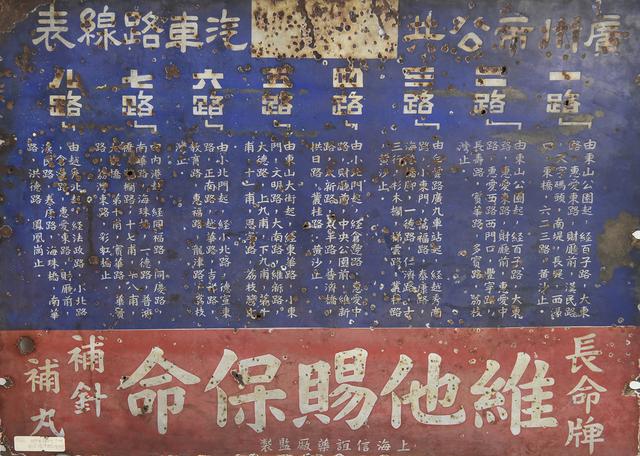
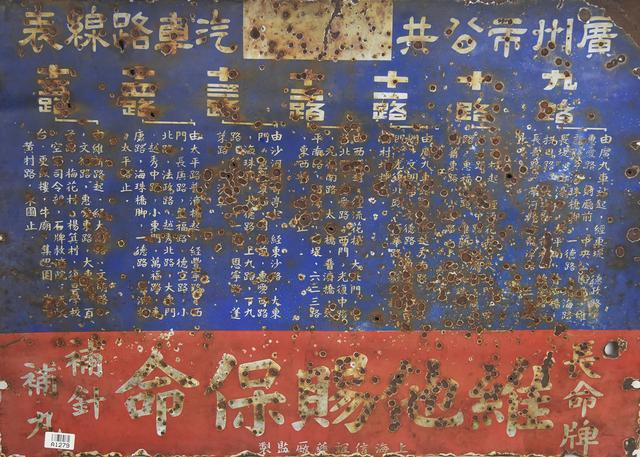
"Guangzhou Bus Route Table" iron plaque is positive and opposite
This old station of the Republic of China is just one of more than 50,000 precious historical materials and original collections of the Guangzhou Wenshi Cultural Museum. In 2021, in the "Time Story -Guangzhou Red History Story Photo Exhibition" co -sponsored by the Guangzhou Library and Wenshi Cultural Museum Archives, this old station has become a meaningful exhibit, guiding the audience to the bus along it Circuit Pickings Guangzhou Red History Trace.
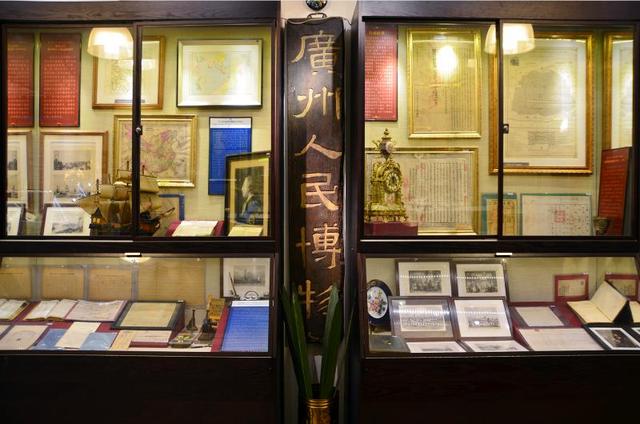
Guangzhou Wenshi Cultural Museum Archives
As a private museum, the Guangzhou Wenshi Cultural Museum Archives brings together the collection of three generations. The theme categories of the collection include the modern Chinese Maritime Silk Road, the history of modern Guangdong businessmen, Lingnan Guangfu Culture, and Guangzhou Urban Construction history. Museum Director Huang Siheng was an authentic "Guangzhou Zai" in the post -80s. In 2010, he and his father Mr. Wen Shi organized the tens of thousands of collections of the family at the time to sort out the category of Chen Fang and listed to set up a museum archives. He grew up in Yuexiu Old Town since he was a child, and he had a particularly deep feelings for the Guangzhou bus. , Old bus tickets and monthly tickets, such as Guangzhou public transportation, have a distinctive Guangzhou Seal. They are physical witnesses of Guangzhou urban construction and public transport development. "
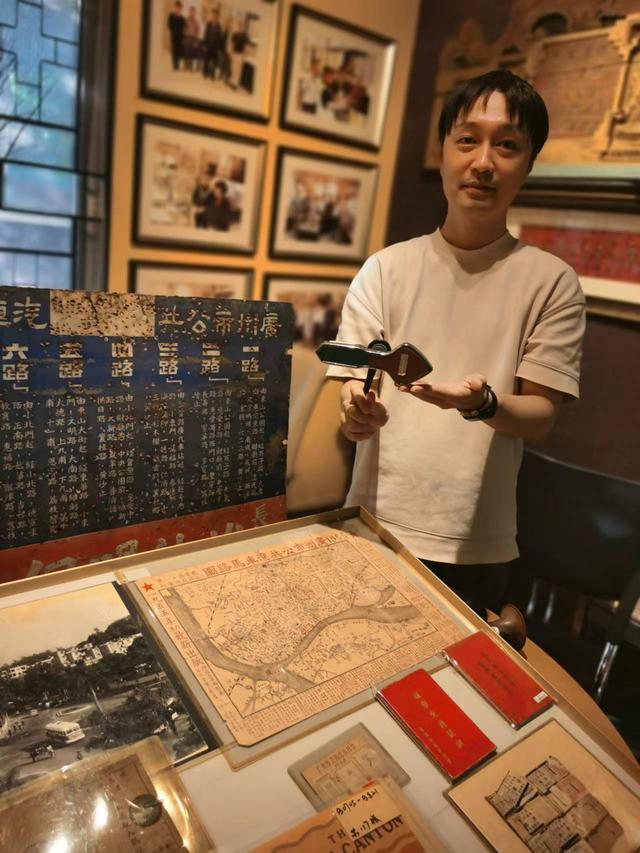
Huang Siheng, the head of the Guangzhou Wenshi Cultural Museum, displayed the special collection of bus topics
The old station card of the Republic of China has gone through the storm and witnessed the changes in the Guangzhou bus line
Take a closer look at the iron plaque of the "Guangzhou Bus Line" in the 1930s. Each site that passed the "Fifteenth Fifteenth" road covered most of the main roads in Guangzhou at that time. "Through this old platform, combined with the Guangzhou bus maps and other publications in different periods, some historical contexts of the development of public transportation in Guangzhou can be interpreted." Huang Siheng said.
Depart from Dongshan Park, along the way along Baizi Road, Dadong Road, Huiai Park, and the Fiscal Department, and finally reached Huangsha ... 90 years ago, the 1 bus line in the old bus station in Guangzhou, with many old Guangzhou people Familiar site name. What is even more amazing is that since the opening of bus 1, the past century has passed, and bus No. 1 has been opened by Dongshan Park (now Dongshan Department's front road) as the starting point. Too many changes, just with the development of the terminal to Fangcun with the development of the city — in 2003, according to the adjustment needs of the Guangzhou Bus Line Network, the 1th route passed through the Pearl River Tunnel, and the terminal changed from Huangsha to the south gate of Fangcun Garden.
The routes have not changed, but many of the place names on bus No. 1 have undergone historical changes. Baizi Road and Dadong Road were renamed the current Zhongshan Second Road and Zhongshan Third Road; Hanmin Road became Beijing Road; Xizhengkou became the intersection of Renmin ... This bus line of FAW Bus Co., Ltd. has passed through many important red historical traces of Guangzhou: The Memorial Hall of the Three CPCs of the Communist Party of China has witnessed the red background of the hero city. In 2020, Guangzhou No. 1 bus was rated as "Red Bus".
Compared with the less changing bus, the 9 bus lines have changed a lot. In the 1930s, bus departure from Guangjiu Station in the east of Chengtong to the Three Holy Society in the west of the city, and the "Guangzhou Tour Manual" published in 1959 (Collection of Guangzhou Wenshi Cultural Museum Archives) shows that the start and end point of bus No. 9 It has become the west of Ruyi Fang and Phoenix of Henan.
"With the development of the urbanization of the Henan" region in Guangzhou that year, the establishment of the factory, and the increase in the population of the residents, the public transport lines have also changed accordingly. The extension of the bus line is always closely related to the development of the city. " Essence
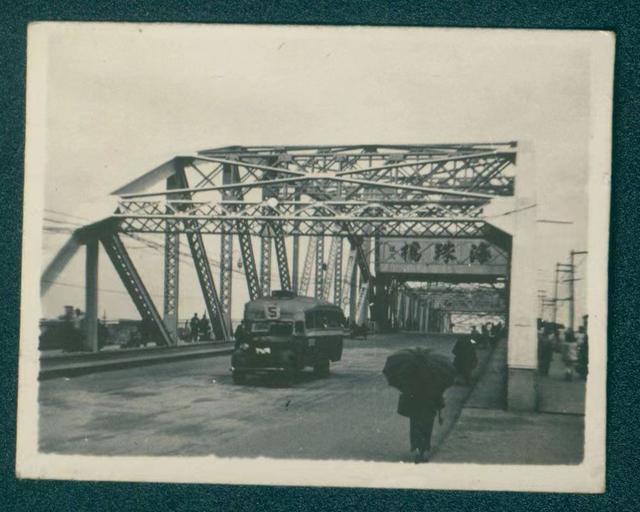
In the 1950s, bus driving on Haizhu Bridge
The Guangzhou Wenshi Cultural Museum Archives also treasured a large number of old photos of Guangzhou in the Republic of China. One of them recorded the scene of the parking point of the passenger car parking point in front of the Guangzhou Treasury Department at that time. This parking point has neither a place where the wind and rain are covered by the wind, nor the exclusive buses mooring the position, which looks very simple.
Nowadays, the parking point of that year has become a beautiful and practical waiting kiosk, which has become a component of urban landscapes. Intelligent waiting kiosks have emerged. Intelligent convenience query systems, real -time intelligent LCD bus stop signs, bus stations monitoring real -time monitoring, real voice real -time voice Broadcasting and other functions are readily available. Huang Siheng said with a smile that compared with these advanced waiting pavilions after most of the Republic of China, the unchanged may only be the advertising function: "It can be seen that in the millennium business capital of Guangzhou, commercial culture has already integrated into the blood of urban culture." And these and these these The yellowing old photos set the old appearance of the precious Guangzhou bus, which also enables the new and old changes, and feel the power of Guangzhou's urban development.
The collection information tells the old story of the old days, which confirms the 100 -year change of the bus
In addition to the Republic of China bus stop, the Guangzhou Wenshi Cultural Museum Archives also has many Guangzhou transportation maps of different ages and information books related to public transportation, which confirms the huge changes in the city size of Guangzhou in the past 100 years and the long -term development of public transportation. Essence
The history of the Guangzhou bus can be traced back to a century ago. Before the founding of New China, the Guangzhou bus was fully dependent on imported by private commercial operations, vehicles and required accessories, and oil. 1952 was the watershed in the history of Guangzhou Bus. This year, the first state -owned bus company, the Guangzhou bus company, was established.
In the 1950s, bus driving in Dongshan, Guangzhou
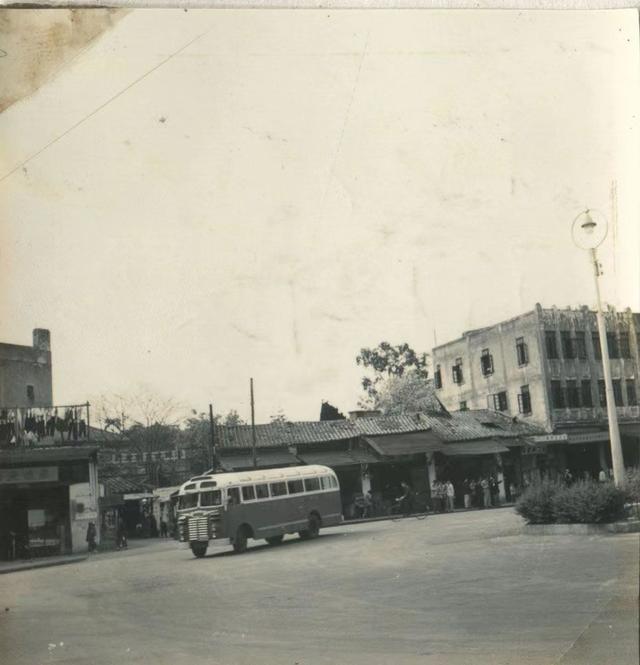
According to the "Guangzhou City Chronicle" and "Guangzhou Liberation One Year" (Guangzhou Wenshi Cultural Museum Archives) and other information, the Guangzhou Bus started around 1920 and gradually developed from the 1920s to the 1930s. In the late 1920s, with the large -scale construction of Guangzhou's modern urban construction, overseas Chinese returned to China to invest in traffic and increased in traffic. In particular, it was concentrated in investing in bus transportation in the city. By June 1931, there were 11 bus companies such as "model" and "passing" in the city, with a total of 96 cars. In 1933, with the opening of Haizhu Bridge, the route of the bus extended to Henan.
During the War of Resistance Against Japan, especially after the fall of Guangzhou, the business of the commercial office had suffered heavy losses. After the victory of the War of Resistance Against Japan, bus transportation in Guangzhou was in the hands of bureaucrats. Before the liberation of Guangzhou, the management order in Guangzhou was chaotic, and the phenomenon of "overlord cars" (not paying for a car) abound. After the founding of the People's Republic of China, the people's government took over the old bus management office, rectified the organization, cut the route, and re -loaded the station cards in conjunction with the new route, established various lines and station pavilions, and the bus business set foot on the right track.
In April 1950, the "Guangzhou Bus Repair Plant" was established in Dadong Gate, Guangzhou, responsible for the repair task of state -owned bus. From 1952 to 1953, the first and second bus maintenance plants were established at the end of Xihua Road and Donghua East Road. The first bus maintenance plant is now the predecessor of Guangzhou FAW Bus Co., Ltd. On September 8, 1952, the first state -owned bus company, the Guangzhou bus company, was established. On this day 70 years ago, it was the start of the public bus industry in Guangzhou.
1955 Guangzhou bus road map
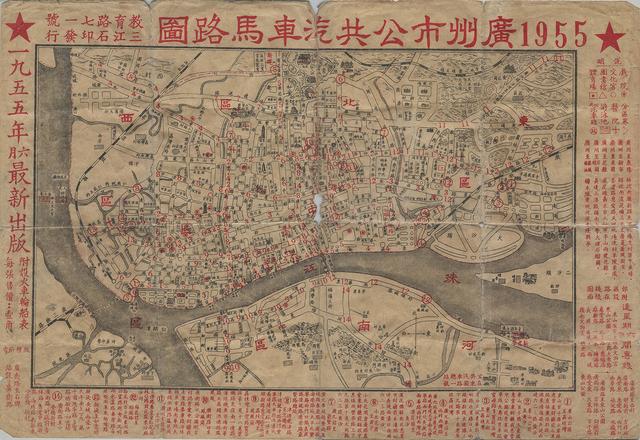
In 1958, there were 329 buses in Guangzhou, all of which were operated by the state. In the "Guangzhou Tour Manual" published in 1959, the night shuttle bus has appeared, from 10 pm to 2pm, from Jiefang South to everywhere. With the development of the suburban industrial area, citizens' travel demand has increased, and the bus lines on the suburbs of the suburbs have continued to increase. According to the "Guangzhou City Chronicle", in 1965, there were 75 bus lines in the city, including 33 urban lines and 42 suburban lines.
In the Guangzhou Wenshi Cultural Museum Archives, the monthly tickets, tickets, and Guangzhou traffic maps of different periods of the year were silently telling this past history.
Early car horn
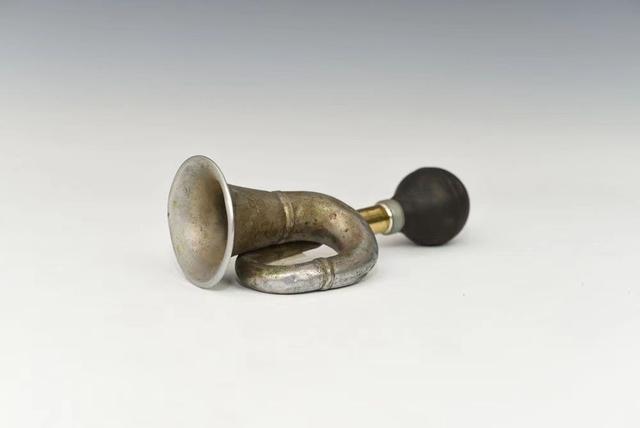
Time has passed, and more than half a century has passed. At present, there are more than 2,370 operating vehicles in Guangzhou FAW Bus Co., Ltd., 215 operating routes, and a total length of 2800 kilometers. The huge bus network covers Guangzhou. , Safe and comfortable and fast bus services, realize nearly 400 million passengers annual passenger.
The vicissitudes of vicissitudes, looking at the century -old history of bus development, the former suburbs of the remote city became a bustling city. The once lonely village became a dense place, and some bus lines were suspended due to the repeated and subway lines. "The changes are the line, the station name, and the city. What is unchanged is the vitality of the city in Guangzhou." Huang Siheng sighed.
(The planning report of "Guangzhou Bus Culture" is original content, and the copyright belongs to the Yangcheng Evening Newspaper. Without authorization, it shall not be reproduced.)
Source | Yangcheng Evening News • Yangcheng School
Planning | Sun Aiqun Liu Yun
Coordinated | Liu Yun Yanyi
Picture | Interviewee provided
Editor -in -law | Wang Min
Poster | Cai Hong
School pair | He Qiyun
- END -
The Beijing opera film "The Story of the Red Army" is released in Beijing, and the new era of the new era of the long march
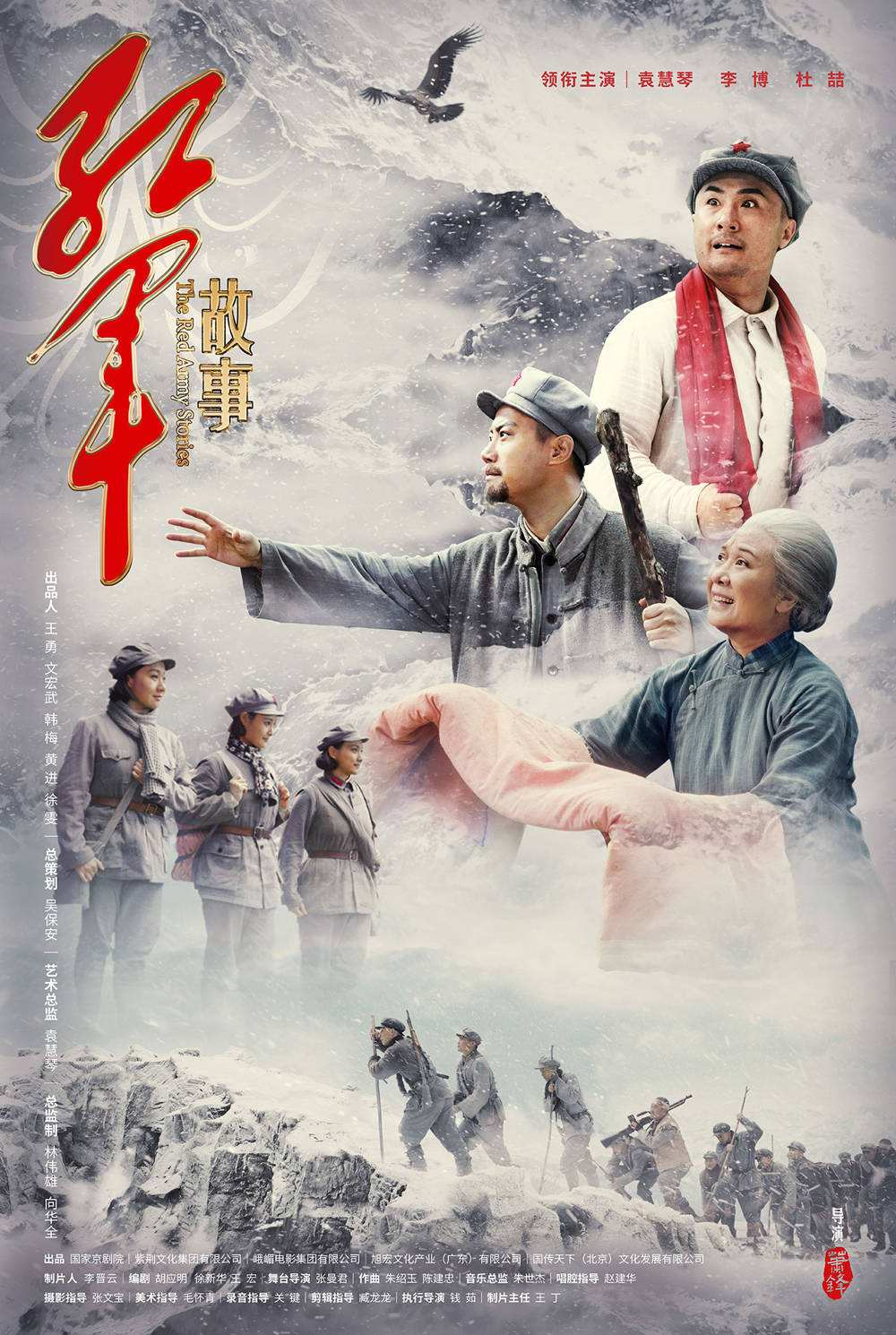
China Youth Network, Beijing, July 29th (Reporter Zuo Orange Li Huaxi Shi Weiqiang...
Taiwan is baked in the Mid -Autumn Festival and the tenderness and tenderness
[Global Times Reporter Wu Wei] What do you eat in the Mid -Autumn Festival? I believe most people will answer moon cakes. But in Taiwan, you ask 10 people, at least 8 people will tell you barbecue